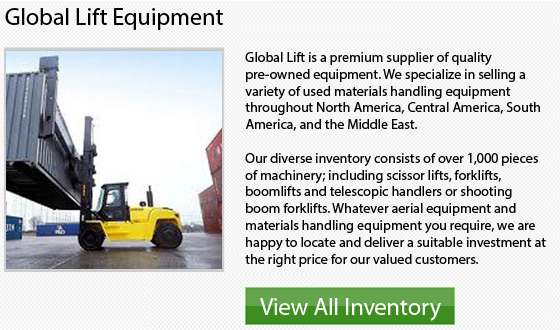
Scissor Lifts
Scissor Lifts are only capable of lifting on a vertical plane and are specially made for those projects directly overhead. Scissor Lifts are designed with a series of crisscrossing linked supports. The pressure must be applied to the outside of the lowest set of supports in order for the unit to elevate into the air. This process elongates the crossing pattern which propels the unit vertically. If the equipment is pneumatically or hydraulically powered, lowering of the platform can be achieved by easily opening a valve to be able to release the pressure.
There are a wide variety of scissor lift models which differ from outdoor rough terrain models to indoor models. The rough terrain scissor lift is made particularly for construction applications. The rough terrain models are particularly outfitted with more dependable and stronger tires which operate by diesel or gas motors.
4 Mechanical Lifts
Normally, mechanical lifts are smaller models that utilize rack-and-pinion or screw threads symptoms to raise the platform. The mechanical lifts are limited in the heights they can extend to and the amount of weight they can lift. Mainly, these lift types are used for maintenance tasks like indoor applications and changing light bulbs.
During the 1970s, the very first scissor lifts were made. Even though various improvements have been made since that time in the categories of materials and safety, the essential original design is still normally used. This particular equipment became the perfect choice for lots of indoor retail establishments which were starting to expand their inventory. The scissor lift is like the forklift. The scissor lift has become well-known and sought after for its effectiveness and its portability. Moreover, the scissor lift offers the only industrial platforms that could be retracted and can fit into the corner of the building.